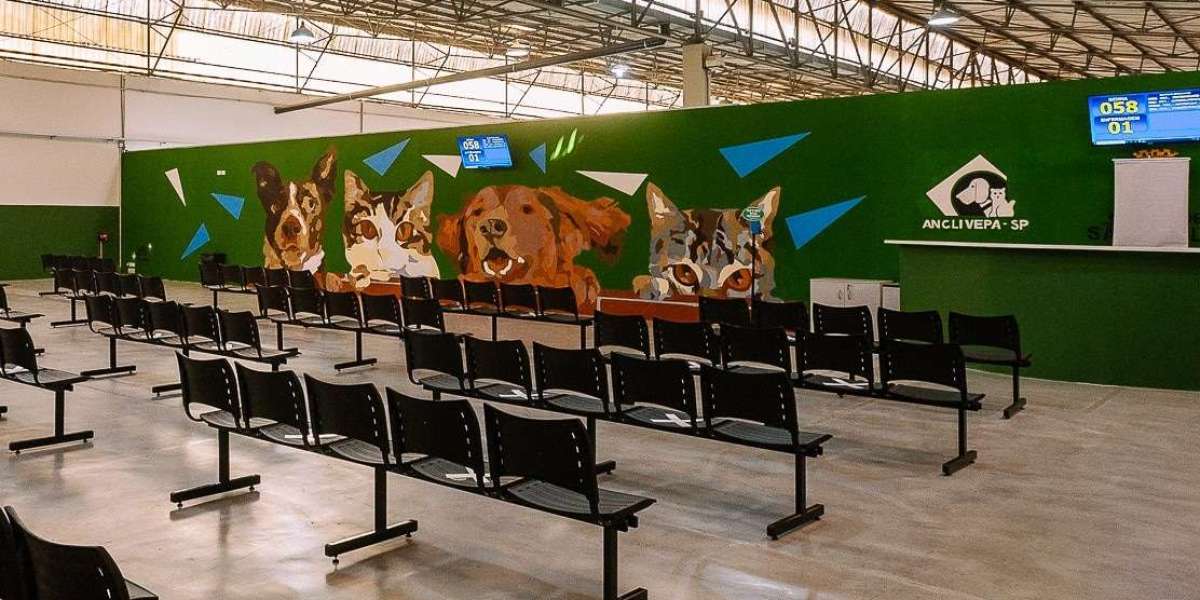Introduction
Scrap cars often end up sitting in driveways, garages or wrecking yards, rusting away and waiting to be forgotten. Many people view them as little more than piles of worn-out metal with no use left in them. But in some hands, a scrap car is more than just junk — it is a blank canvas. With effort, knowledge, and a bit of vision, even the most run-down vehicles can find a second life through restoration projects.
In this blog, we will explore how scrap cars can be brought back to life in creative and practical ways. We will look at why some people choose to restore old vehicles, what the process involves, and how even broken-down machines can turn into objects of beauty and function again. While not every scrap car is worth saving, many carry a hidden story under the rust that is waiting to be uncovered.
Why Restore a Scrap Car?
There are many reasons someone might take on the challenge of restoring a scrap car. For some, it is about the emotional connection to a vehicle that belonged to a family member. Others enjoy the challenge of working with their hands and learning how things work. Some are drawn to the idea of turning what others have thrown away into something special again.
In Australia, car restoration is a popular hobby. Classic car shows are held in various parts of the country, and many people enjoy collecting vintage cars. But it is not just about showing off. Restoring a car can also teach practical skills in mechanics, bodywork, painting, and even upholstery. These are valuable skills that can be used beyond one project.
The First Steps of Restoration
Before starting any restoration, the car must be properly inspected. Not all scrap cars are worth saving. Some have structural damage that would be too costly to fix. Others may have missing parts that are hard to replace. It is important to check the frame, engine, suspension, and wiring to make sure the project is possible.
Once the car is chosen, the process begins with stripping it down. This involves removing the interior, engine, wiring, and anything else that needs to be repaired or replaced. The car is then cleaned thoroughly to remove rust, dirt, and grease. At this stage, many people decide whether they will restore the car to its original condition or make changes to suit their taste.
The Role of Art in Restoration
While restoration involves many technical tasks, there is also an artistic side to it. Choosing the colour of the paint, the style of the interior, and the details of the finish allows the restorer to put their personal touch on the car. In fact, some restorations are not meant to be exact copies of the original model. Instead, they are creative versions that reflect the owner’s personality.
Some people even take old cars and turn them into something completely different — such as a show car, a display piece, or even an art installation. These projects are not only about making something work again, but about creating something that tells a story.
The Science Behind the Beauty
Restoring a scrap car requires knowledge of many areas of automotive work. It involves mechanics, electrical systems, metalwork, painting, and more. Understanding how each part of the car works and how to fix it is essential.
For example, the engine must often be taken apart, cleaned, and rebuilt. Electrical wiring may need to be completely replaced. Metal parts may have to be welded or reshaped. The car's suspension and braking system must be made safe. All these tasks require time, patience, and careful planning.
In some cases, modern parts are added to improve safety or performance. This is where science and art come together. The aim is to keep the character of the car while making it suitable for modern roads.
Common Challenges Faced
Restoring scrap cars is not always smooth. It can take months or even years to complete a project, especially if rare parts are needed. Many older vehicles have parts that are no longer made. This means searching online, visiting salvage yards, or even making custom parts by hand.
Another challenge is dealing with rust and corrosion. In many scrap cars, rust has damaged the body or frame. Removing rust and repairing the damage takes time and care. If not done properly, it can lead to future problems and safety issues.
Costs can also add up quickly. Even if the car is free or cheap, parts, tools, and materials can be expensive. That is why it is important to plan carefully and decide whether the effort is worth it.
The Result: A New Life for Old Metal
Despite the challenges, the result of a restoration can be deeply satisfying. The feeling of driving a car that was once considered junk is hard to describe. It becomes more than just transport — it is something you have built, repaired, and shaped with your own hands.
Many people who complete restoration projects say that the journey is just as meaningful as the result. Every bolt, panel, and part tells a story. And when the car finally hits the road again, it is not just moving — it is showing what can be done when someone sees potential where others see waste.
When Restoration is Not the Right Choice
While restoration has its rewards, it is not always the right option. Some scrap cars are simply beyond saving. In these cases, it may be better to recycle the vehicle or sell it to someone who handles scrap car removal.
One service in Sydney that helps with this is cash for scrap cars sydney. This company collects unwanted vehicles, even if they are damaged or non-working, and recycles them safely. This is a smart choice when the cost of fixing a car outweighs its value. It also helps keep the environment clean by ensuring that old cars are handled properly. Choosing this route is sometimes the most practical decision, especially when space, time, or budget is limited.
Conclusion
Scrap cars may look broken on the outside, but many still hold value beneath the surface. With the right effort and knowledge, they can be restored into working machines or creative pieces that turn heads on the road. The process combines practical skill with creative thinking, making it a rewarding project for those who are willing to take it on.
Restoration is not for everyone, and not all vehicles are worth saving. But the idea that something once thrown away can become beautiful again is what makes this process so interesting. Whether through full restoration or through recycling, scrap cars do not have to be the end of the road.








